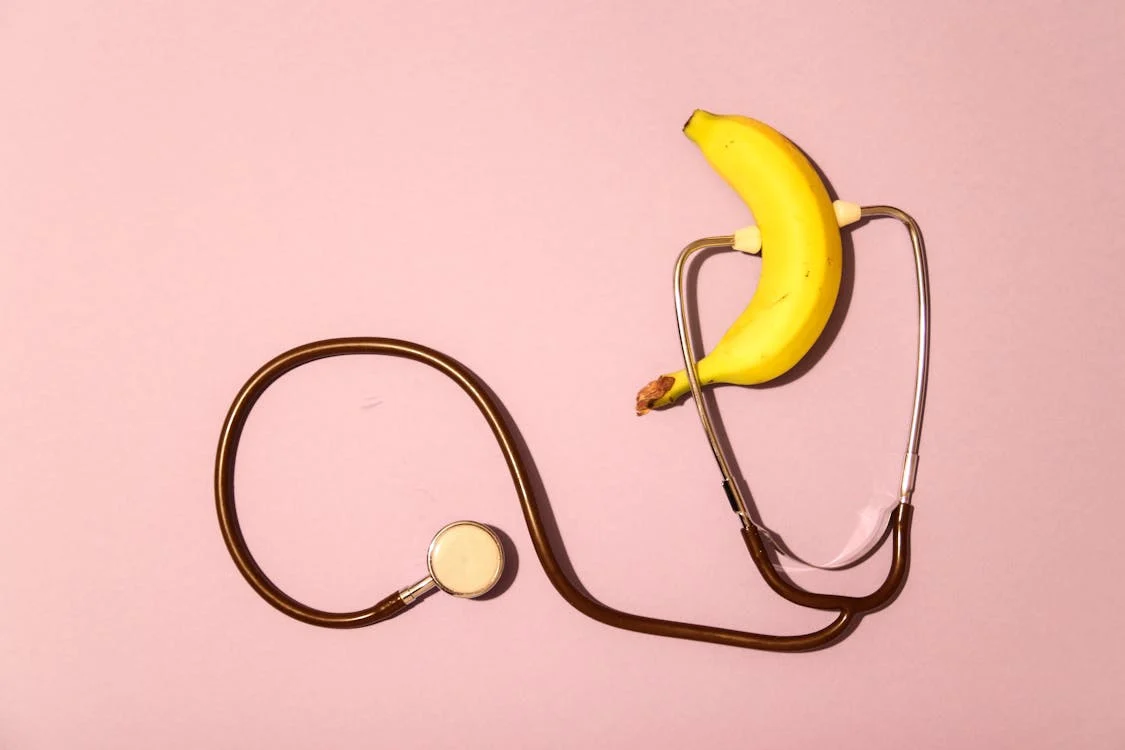Understanding Natural Penile Curvature: When is it Normal, and When Should You Be Concerned?

Introduction
Penile curvature is a topic that often causes concern among men, yet it is rarely discussed openly. Many men wonder if their penis’s shape is normal or if they should be worried about any curvature. While it’s entirely natural for the penis to have a slight curve, it’s essential to understand when this curvature is part of the normal anatomical variation and when it may indicate a condition like Peyronie’s disease, which could require medical attention.
What is Natural Penile Curvature?
Natural penile curvature refers to the slight bend or curve that many men notice in their penis, either when erect or flaccid. This curvature is usually a benign characteristic of male anatomy and is present in a significant percentage of the male population.
- Types of Curvature: The penis may curve upward, downward, to the left, or to the right. The direction and degree of curvature can vary significantly from one man to another.
- Causes of Natural Curvature: Several factors contribute to natural penile curvature:
- Developmental Variations: During fetal development, the penis may form with a slight curvature due to the asymmetrical growth of the penile tissues. This is perfectly normal and usually doesn’t cause any issues.
- Asymmetrical Ligaments: The ligaments that support the penis may be slightly tighter or looser on one side, leading to a natural curve.
- Erections: The penis may curve more noticeably during erection due to the way the erectile chambers (corpora cavernosa) fill with blood. Minor differences in the length or flexibility of these chambers can result in a curved erection.
- When is Curvature Normal? A curvature is typically considered normal if it:
- Does not cause pain.
- Does not interfere with sexual intercourse or other sexual activities.
- Does not change suddenly or become more pronounced over time.
When Curvature Becomes a Concern: Peyronie’s Disease
While most penile curvature is harmless, a condition known as Peyronie’s disease can cause more severe curvature that may be painful or problematic. Peyronie’s disease occurs when fibrous scar tissue, or plaques, develop inside the penis, leading to abnormal bending during erection.
- What is Peyronie’s Disease? Peyronie’s disease is a condition characterized by the formation of scar tissue (plaque) within the penile shaft. This plaque causes the penis to bend, curve, or indent, often resulting in discomfort or pain during erections.
- Symptoms of Peyronie’s Disease:
- Noticeable Curvature: Unlike the natural curvature, Peyronie’s disease often causes a pronounced and sometimes abrupt bend in the penis. This curvature may become more severe over time.
- Painful Erections: One of the hallmark symptoms of Peyronie’s disease is pain during erections, which can vary from mild discomfort to significant pain.
- Plaque Formation: Men with Peyronie’s disease may be able to feel hard lumps or bands of tissue (plaque) under the skin of the penis.
- Shortening of the Penis: The presence of scar tissue may cause the penis to shorten, which can be distressing for those affected.
- Erectile Dysfunction: Some men with Peyronie’s disease experience difficulties achieving or maintaining an erection, which may be due to the physical changes in the penis or the psychological impact of the condition.
Causes and Risk Factors of Peyronie’s Disease
The exact cause of Peyronie’s disease is not fully understood, but it is believed to result from injury or trauma to the penis, which leads to abnormal wound healing and the formation of scar tissue. However, many men with Peyronie’s disease do not recall any specific injury.
- Potential Causes:
- Microtrauma: Repeated minor injuries during sexual activity, sports, or other physical activities may contribute to the development of Peyronie’s disease.
- Genetic Factors: A family history of Peyronie’s disease or other connective tissue disorders may increase the risk.
- Aging: The condition is more common in middle-aged and older men, possibly due to decreased tissue elasticity and a longer history of potential trauma.
- Risk Factors:
- Diabetes: Men with diabetes may be at higher risk of developing Peyronie’s disease due to changes in blood flow and tissue healing.
- Smoking: Smoking can affect blood circulation, increasing the risk of scar tissue formation.
- Certain Medications: Some blood pressure medications and beta-blockers have been associated with Peyronie’s disease, although this link is not definitively established.
Diagnosis of Peyronie’s Disease
If you notice a significant change in the curvature of your penis, or if you experience pain during erections, it’s important to consult a healthcare professional. Early diagnosis can help manage the symptoms and prevent the condition from worsening.
- Medical Evaluation:
- Physical Examination: A doctor will usually start with a physical examination to feel for plaque or scar tissue within the penis.
- Erection Induction: In some cases, a doctor may induce an erection using medication to better assess the degree of curvature.
- Imaging Tests: Ultrasound or other imaging techniques may be used to assess the extent of the scar tissue and to check for other abnormalities.
Treatment Options for Peyronie’s Disease
Treatment for Peyronie’s disease depends on the severity of the condition and its impact on the individual’s quality of life. In many cases, treatment is not necessary unless the curvature is causing significant pain or sexual dysfunction.
- Non-Surgical Treatments:
- Medications: Oral or injectable medications, such as collagenase clostridium histolyticum (Xiaflex), may be used to break down the scar tissue and reduce curvature.
- Penile Traction Therapy: This involves the use of a device that gently stretches the penis over time, which may help reduce curvature and improve length.
- Shockwave Therapy: Low-intensity shockwave therapy is being studied as a potential treatment to reduce plaque and improve symptoms.
- Surgical Treatments:
- Nesbit Procedure: This surgery involves removing or pinching tissue on the opposite side of the plaque to straighten the penis. It is typically recommended for men with severe curvature.
- Plaque Incision and Grafting: The plaque is surgically cut, and a graft is placed to straighten the penis. This method is used for more complex cases.
- Penile Implants: In cases where Peyronie’s disease is accompanied by severe erectile dysfunction, penile implants may be recommended. These devices can help achieve an erection and reduce curvature.
Living with Penile Curvature
For men with natural penile curvature, it’s important to understand that slight curves are common and generally harmless. Embracing one’s body and understanding the normal variations in anatomy can alleviate unnecessary concern.
However, for those diagnosed with Peyronie’s disease, seeking appropriate medical advice is crucial. While the condition can be challenging both physically and emotionally, many effective treatments can help manage symptoms and improve quality of life.
- Psychological Support: Peyronie’s disease can have a significant impact on a man’s self-esteem and sexual confidence. Counseling or therapy, either individually or with a partner, can be beneficial in coping with the emotional aspects of the condition.
- Open Communication: Discussing concerns about penile curvature with a partner can reduce anxiety and improve intimacy. Open communication can foster understanding and support in dealing with the condition.
Conclusion
Penile curvature is a common variation in male anatomy that, in most cases, is entirely normal and not a cause for concern. However, when the curvature is associated with pain, significant bending, or other symptoms like those seen in Peyronie’s disease, it’s important to seek medical advice. Early diagnosis and treatment can prevent the condition from worsening and help men maintain a healthy and satisfying sexual life.
Understanding the difference between natural curvature and conditions like Peyronie’s disease empowers men to take control of their health and well-being, ensuring that they can address any concerns confidently and effectively.
